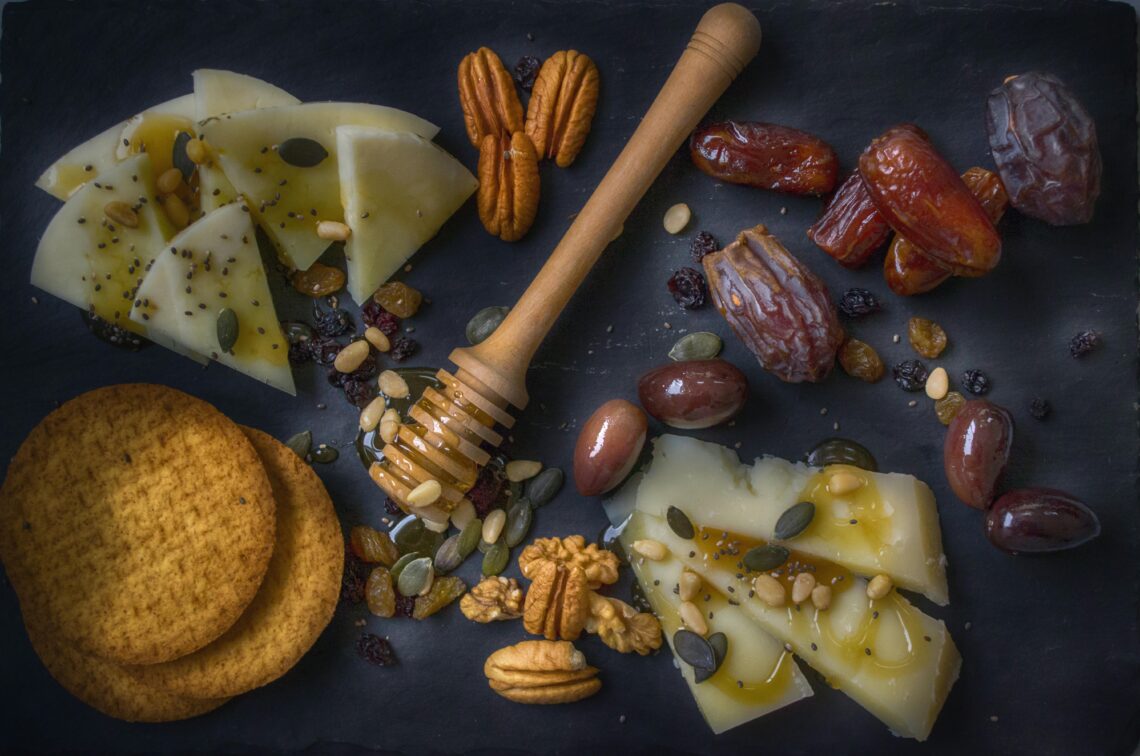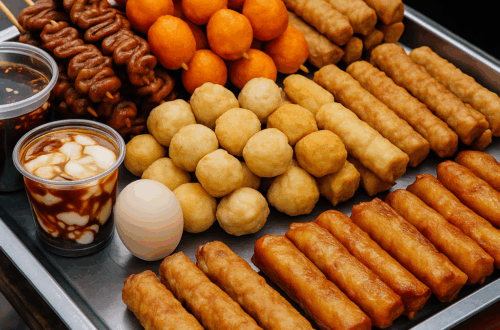A Sweet Taste of Tradition, Love, and Celebration
Filipino cuisine is known for its bold flavors, hearty meals, and vibrant dishes but when it comes to desserts, there’s a unique charm that sets Pinoy sweets apart. Beyond what you find in bakeries or restaurants, the true heart of Filipino desserts lives in the home lovingly prepared for birthdays, fiestas, Sunday lunches, or just simple family merienda (snack time).

Here are the top 5 desserts you’ll typically find in Filipino homes recipes passed down through generations, made with simple ingredients, but overflowing with tradition and love.
🍮 Leche Flan – The Creamy Crown of Every Celebration
Leche flan is the undisputed queen of Filipino desserts. Rich, silky, and topped with a golden caramel layer, this egg-based custard is often the centerpiece of special occasions. It’s usually steamed in an oval llanera pan and served chilled. While every family adds its own twist, the essence stays the same: creamy, sweet, and decadently smooth.
Why it’s loved: It’s luxurious yet easy to make and always disappears fast at any gathering.
Home version tip: Some households add dayap (local lime) zest for a fragrant touch.
🍨 Halo-Halo – A Cold Treat with Warm Memories
Halo-halo, which means “mix-mix,” is a colorful, layered dessert best known for its hot-weather refreshment. But in Filipino homes, it’s more than just a summer cooler it’s an experience. Made with crushed ice, evaporated milk, sweetened beans, jellies, fruits, leche flan, and ube halaya, it’s often a family project to prepare and enjoy together.
Why it’s loved: Everyone gets to build their own bowl just the way they like it.
Home version tip: Families often skip the ice cream and add homemade minatamis (sweetened fruits) instead.
🍠 Cassava Cake – Sticky, Sweet, and Comforting
A classic merienda treat, cassava cake is made from grated cassava (a starchy root), coconut milk, condensed milk, and eggs. Baked until firm and golden, it’s often topped with a creamy custard layer and grated cheese. It’s soft, dense, and deliciously sticky perfect with a cup of barako coffee or tsaa (tea).
Why it’s loved: Simple ingredients turn into something rich and satisfying.
Home version tip: Every lola (grandma) has her secret recipe some add macapuno or a hint of pandan.
🍌 Minatamis na Saging – The Underrated Sweet Star
This humble dessert, made of saba bananas stewed in brown sugar syrup, is a household favorite especially when budgets are tight. Minatamis na saging can be eaten warm or cold, served alone, or poured over shaved ice or rice cake. It’s quick to prepare and deeply nostalgic.
Why it’s loved: It’s comfort food at its simplest and sweetest.
Home version tip: A splash of vanilla or a dash of cinnamon can give it a subtle twist.
🥥 Buko Salad – The Filipino-Style Fruit Salad
Every Filipino family has a version of buko salad. It starts with shredded young coconut, then mixes in canned fruit cocktail, nata de coco, and sweet cream or condensed milk. Some versions add cheese, kaong, or corn every spoonful is creamy, chewy, and joyfully random.
Why it’s loved: It’s a chilled, crowd-pleasing dessert perfect for holidays and potlucks.
Home version tip: Many families make it a day in advance to allow the flavors to meld perfectly.
These desserts aren’t just sweet treats they’re a slice of Filipino life. They tell stories of birthdays celebrated with love, Sunday afternoons spent with family, and generations passing down flavors and memories. In Filipino homes, dessert is more than an ending it’s a tradition, a comfort, and a reminder that the best things in life are made with heart.




